The Path to Liberation through Yogic
Mindfulness in early  yurveda
yurveda
Dominik Wujastyk
It can come as a surprise to discover that buried in one of the earliest medical treatises in Sanskrit is a short tract on the yogic path to liberation. This tract a mere thirty-nine versesoccurs in the chapter on the embodied Person (
 r
r rasth
rasth na) in the Compendium of Caraka (Carakasa
na) in the Compendium of Caraka (Carakasa hit
hit ). The Compendium is a medical encyclopedia and perhaps the earliest surviving complete treatise on classical Indian medicine. it is even more surprising to find that this yogic tract contains several references to Buddhist meditation and a previously unknown eightfold path leading to the recollection or mindfulness that is the key to liberation. Finally, Carakas yoga tract almost certainly predates the famous classical yoga system of Patajali. Let us explore these points in turn.
). The Compendium is a medical encyclopedia and perhaps the earliest surviving complete treatise on classical Indian medicine. it is even more surprising to find that this yogic tract contains several references to Buddhist meditation and a previously unknown eightfold path leading to the recollection or mindfulness that is the key to liberation. Finally, Carakas yoga tract almost certainly predates the famous classical yoga system of Patajali. Let us explore these points in turn.
Classical Indian medicine,  yurveda (the knowledge for long life), is based on the body of medical theory and practice that was first collected and synthesized in several great medical encyclopedias, including especially the The Compendium of Caraka and The Compendium of Su
yurveda (the knowledge for long life), is based on the body of medical theory and practice that was first collected and synthesized in several great medical encyclopedias, including especially the The Compendium of Caraka and The Compendium of Su ruta (Su
ruta (Su rutasa
rutasa hit
hit ). However, there are traces of the formation of this medical system to be found in earlier Sanskrit and P
). However, there are traces of the formation of this medical system to be found in earlier Sanskrit and P li literature. The first occurrence of the Sanskrit word
li literature. The first occurrence of the Sanskrit word  yurveda in Indian history is in the Mah
yurveda in Indian history is in the Mah bh
bh rata epic. The epic also refers to medicine as having eight components, a term that is so standard in later literature that the science with eight components
rata epic. The epic also refers to medicine as having eight components, a term that is so standard in later literature that the science with eight components  becomes a synonym for medicine. These components include topics such as therapeutics, pediatrics, possession, surgery, and toxicology.
becomes a synonym for medicine. These components include topics such as therapeutics, pediatrics, possession, surgery, and toxicology.
But the very earliest reference in Indian literature to a form of medicine that is unmistakably a forerunner of  yurveda is found in the teachings of the Buddha (probably f. ca. 480400 BCE, but these dates are still debated). As far as we know, it was not yet called
yurveda is found in the teachings of the Buddha (probably f. ca. 480400 BCE, but these dates are still debated). As far as we know, it was not yet called  yurveda, but the basic concepts were the same as those that later formed the foundations of
yurveda, but the basic concepts were the same as those that later formed the foundations of  yurveda. The Pali Buddhist canon as we have it today probably dates from about 250 BCE, and records a fairly trustworthy account of what the Buddha said. in the collection of Buddhist sermons called the connected Sayings (Samyutta Nik
yurveda. The Pali Buddhist canon as we have it today probably dates from about 250 BCE, and records a fairly trustworthy account of what the Buddha said. in the collection of Buddhist sermons called the connected Sayings (Samyutta Nik ya), there is a story that tells how the Buddha was approached by a monk called S
ya), there is a story that tells how the Buddha was approached by a monk called S vako who asked him whether disease is caused by bad actions performed in the past, in other words by bad karma. The Buddha said no, that bad karma is only part of the picture and that diseases may be caused by any of eight factors. The factors he listed were bile, phlegm, wind, and their pathological combination, changes of the seasons, the stress of unusual activities, external agency, as well as the ripening of bad karma. This is the first moment in documented Indian history that these medical categories and explanations are combined in a clearly systematic manner. The term pathological combination (P
vako who asked him whether disease is caused by bad actions performed in the past, in other words by bad karma. The Buddha said no, that bad karma is only part of the picture and that diseases may be caused by any of eight factors. The factors he listed were bile, phlegm, wind, and their pathological combination, changes of the seasons, the stress of unusual activities, external agency, as well as the ripening of bad karma. This is the first moment in documented Indian history that these medical categories and explanations are combined in a clearly systematic manner. The term pathological combination (P li sannip
li sannip ta) is particularly telling: this is a technical term from
ta) is particularly telling: this is a technical term from  yurveda that is as specific as a modern establishment doctor saying something like hemoglobin levels. This term signals clearly that the Buddhas list of disease-causes emanates from a milieu in which a body of systematic technical medical knowledge existed. And it is these very factors that later became the cornerstone of classical Indian medical theory, or
yurveda that is as specific as a modern establishment doctor saying something like hemoglobin levels. This term signals clearly that the Buddhas list of disease-causes emanates from a milieu in which a body of systematic technical medical knowledge existed. And it is these very factors that later became the cornerstone of classical Indian medical theory, or  yurveda. The historical connection between the ascetic traditionssuch as Buddhism and
yurveda. The historical connection between the ascetic traditionssuch as Buddhism and  yurvedais an important one.
yurvedais an important one.
What is the date of the Compendium of Caraka? The chronology of this work is complex. The text already declares itself to be the work of three people. An early text by Agnive a was edited (pratisa
a was edited (pratisa sk
sk ta) by Caraka. Carakas work was later completed by D
ta) by Caraka. Carakas work was later completed by D
 habala. Jan Meulenbeld has surveyed the key historical issues with great care in his History of Indian Medical Literature. After assessing the ny
habala. Jan Meulenbeld has surveyed the key historical issues with great care in his History of Indian Medical Literature. After assessing the ny ya, Vai
ya, Vai e
e ika, and Buddhist materials that appear in Carakas Compendium, Meulenbeld concludes that, Caraka cannot have lived later than about AD 150200 and not much earlier than 100 Bc.
ika, and Buddhist materials that appear in Carakas Compendium, Meulenbeld concludes that, Caraka cannot have lived later than about AD 150200 and not much earlier than 100 Bc.
How does this dating relate to the early history of classical yoga? is the yoga tract in Carakas Compendium to be dated before or after the classical yoga of Patajali? in his authoritative new edition of the Sam dhi chapter of Patajalis work on yoga, Philipp Maas (2006) has provided a compelling reassessment of the authorship, title, and date of the texts commonly known as the Yoga S
dhi chapter of Patajalis work on yoga, Philipp Maas (2006) has provided a compelling reassessment of the authorship, title, and date of the texts commonly known as the Yoga S tra and the Vy
tra and the Vy sabh
sabh
 ya,
ya,
Next page
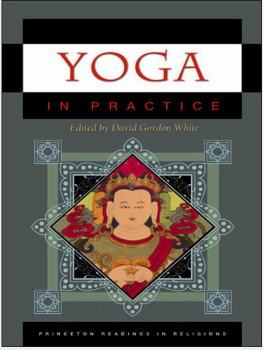

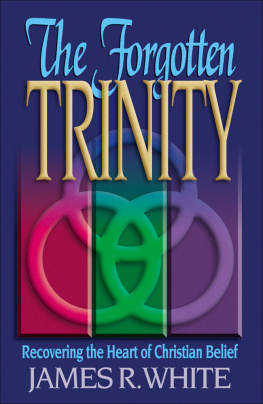
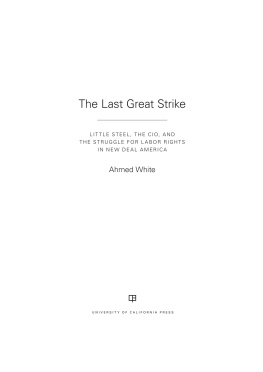

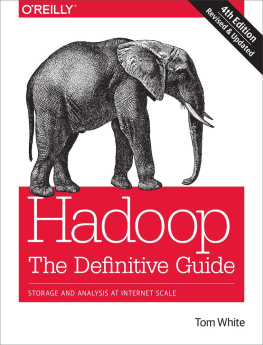


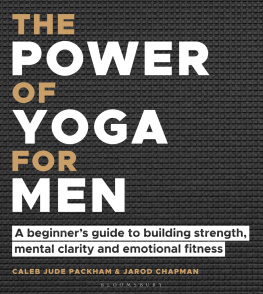
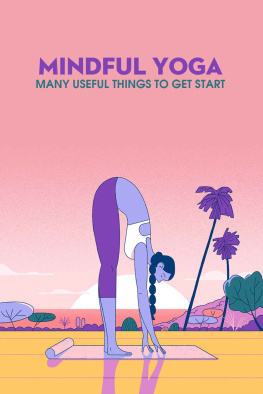
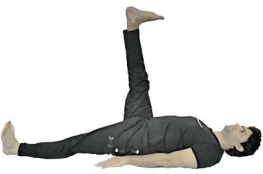
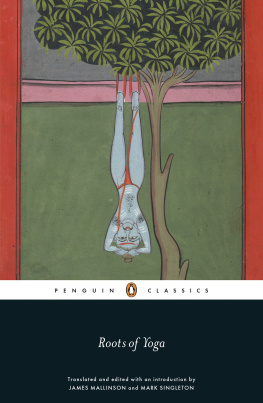
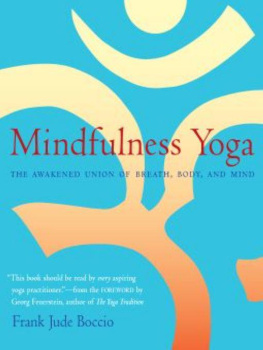
 yurveda
yurveda
 r
r rasth
rasth hit
hit ruta (Su
ruta (Su hit
hit li literature. The first occurrence of the Sanskrit word
li literature. The first occurrence of the Sanskrit word  becomes a synonym for medicine. These components include topics such as therapeutics, pediatrics, possession, surgery, and toxicology.
becomes a synonym for medicine. These components include topics such as therapeutics, pediatrics, possession, surgery, and toxicology. a was edited (pratisa
a was edited (pratisa ta) by Caraka. Carakas work was later completed by D
ta) by Caraka. Carakas work was later completed by D
 habala. Jan Meulenbeld has surveyed the key historical issues with great care in his History of Indian Medical Literature. After assessing the ny
habala. Jan Meulenbeld has surveyed the key historical issues with great care in his History of Indian Medical Literature. After assessing the ny ika, and Buddhist materials that appear in Carakas Compendium, Meulenbeld concludes that, Caraka cannot have lived later than about AD 150200 and not much earlier than 100 Bc.
ika, and Buddhist materials that appear in Carakas Compendium, Meulenbeld concludes that, Caraka cannot have lived later than about AD 150200 and not much earlier than 100 Bc. tra and the Vy
tra and the Vy ya,
ya,